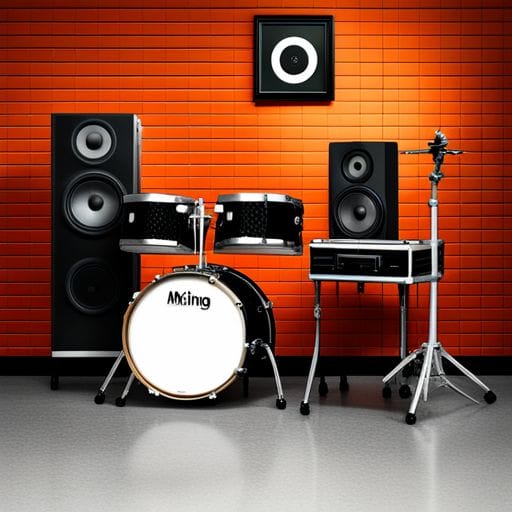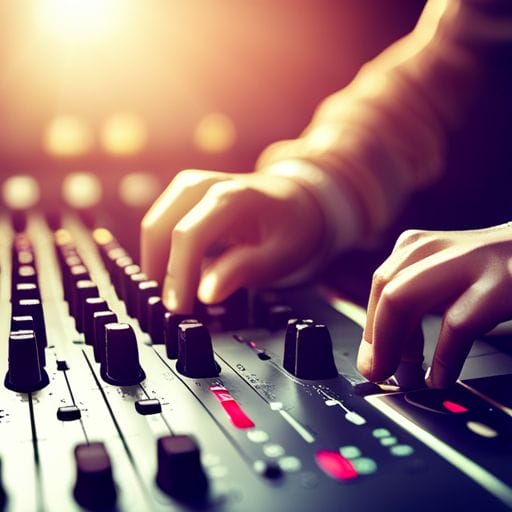Mixing Rap Vocals: Getting a Clean, Crisp Sound

Are there any specific effects or plugins that can enhance the clarity and crispness of rap vocals during mixing?
Practically anyone can lay down a solid beat these days, but truly masterful vocal mixing is something that sets professional production apart from the rest. In rap music, the vocals are the centerpiece—they tell the story, set the mood, and engage the listener. It’s thus essential to get a clean, crisp sound when mixing rap vocals. Fret not; with the right knowledge at your disposal, achieving this feat isn’t as daunting as it may seem.
1. Record Quality Vocals
The foundation of a clean mix is good recording techniques. If your rap vocals are muddled or distorted at the source, no amount of mixing can completely save them. Ensure you utilize good microphones, preamps, and acoustically treated spaces to produce the best-sounding takes.
2. Use Effective EQ Techniques
Equalization, or EQ, is the process of adjusting the balance between frequency components. When applied correctly, it can eliminate unwanted noise and highlight the vocal’s pleasing characteristics.
- Low Cut: The human voice doesn’t produce much information below 100Hz, and a rap vocal even less. By cutting everything below this point, you clean up any unnecessary low-end rumble.
- Sculpt the Midrange: The midrange is where a lot of the clarity and ‘body’ of the vocal resides. Perform subtle cuts in the lower midrange (200Hz-500Hz) to remove ‘mud’ and boost the upper midrange (2kHz-4kHz) slightly for clarity.
- Light High End Boost: Adding a light boost (1-2dB) at the very top end (10kHz+) can add a ‘gloss’ to your vocals, making them sound more high-end and polished.
3. Utilize Compression
Compression is used for smoothing out dynamic ranges and ensuring the vocal sits well within the mix. Start by closing the ‘attack time’ to capture any harsh initial transients, and play around with the ‘release time’ and ‘ratio’ to taste.
4. Add Some Space With Reverb and Delay
A little bit of reverb or delay can turn a dry, lifeless rap vocal into a living, breathing entity. Be careful not to overdo it, though—an overly washed-out vocal may struggle to retain clarity and power in the mix.
5. Take a Break and Listen Fresh
Working too long on a mix can taint your perception. It’s crucial to take regular breaks from listening and return with fresh ears. Hearing the mix in different contexts, such as different speakers or environments, can also provide valuable perspectives.
Remember that a great mix comes from a combination of creative instinct and technical proficiency, and practice makes perfect. With patience, persistence, and the right approach, you’ll be on your way to mixing rap vocals with a clean, crisp sound.









